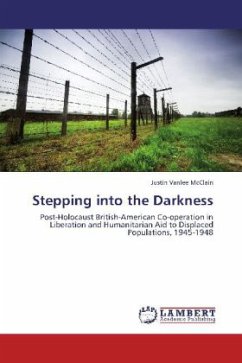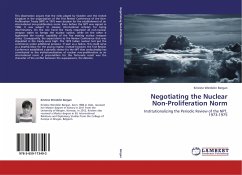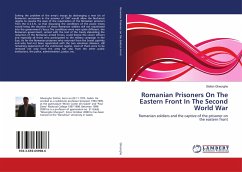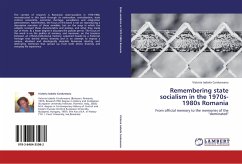This book details the process of how Britain and America, between 1945 and 1948, collaborated in the days after World War II in terms of providing a semblance of humanitarian aid to Jewish survivors of the Holocaust, as well as other civilians, who had been displaced during the conflict. These civilians had different circumstances, different needs, and different destinations. In the face of this reality, and reflecting on the tumultuous world of the twenty-first century that still has numerous humanitarian crises to deal with, what lessons can the international community take from the co-operative alliance of a humanitarian nature between Britain and the US immediately following World War II? This question and its implications will be addressed, and conclusions will be offered.







